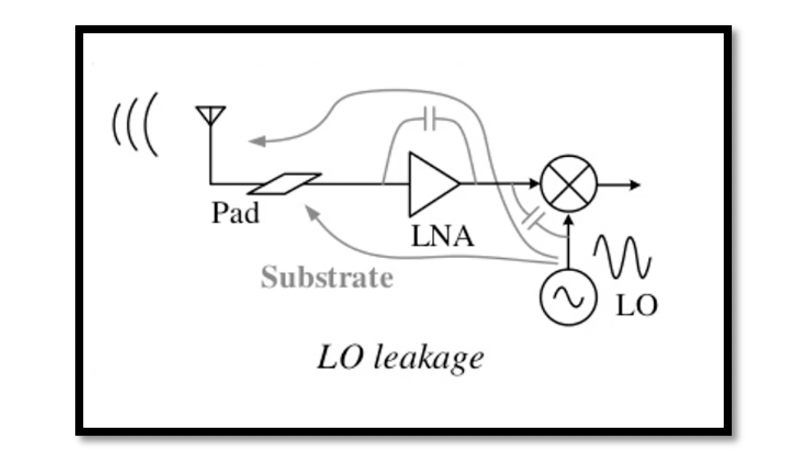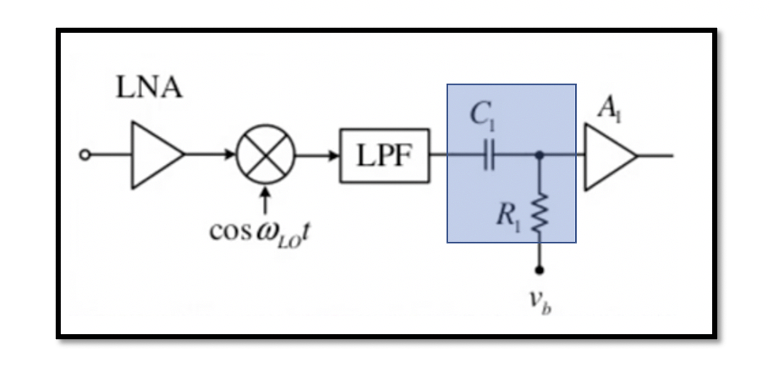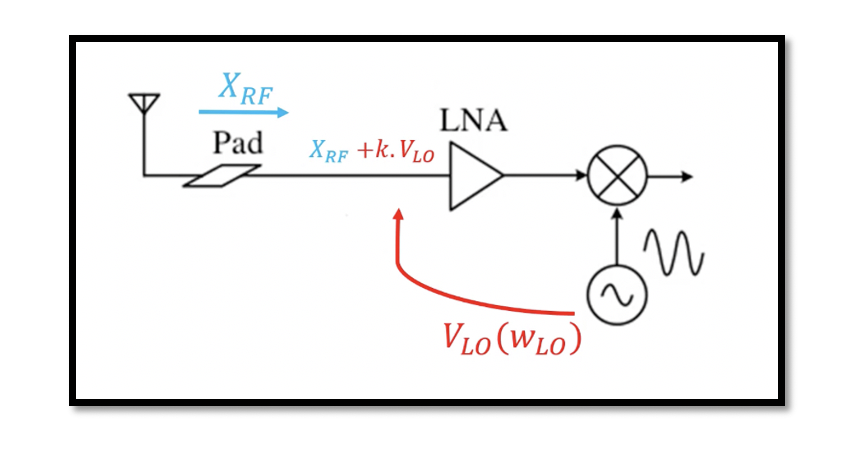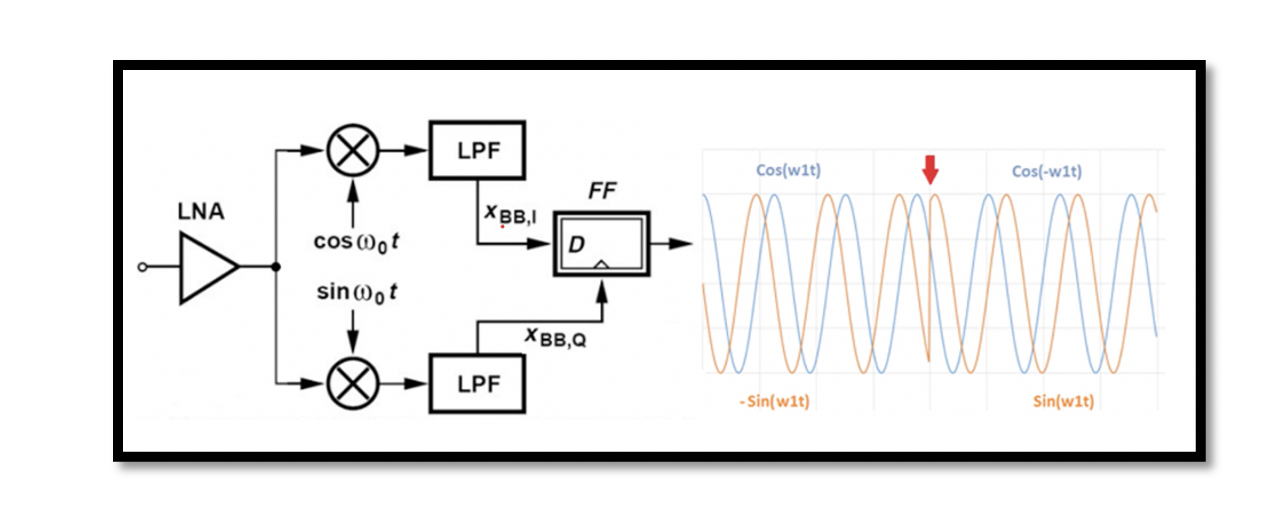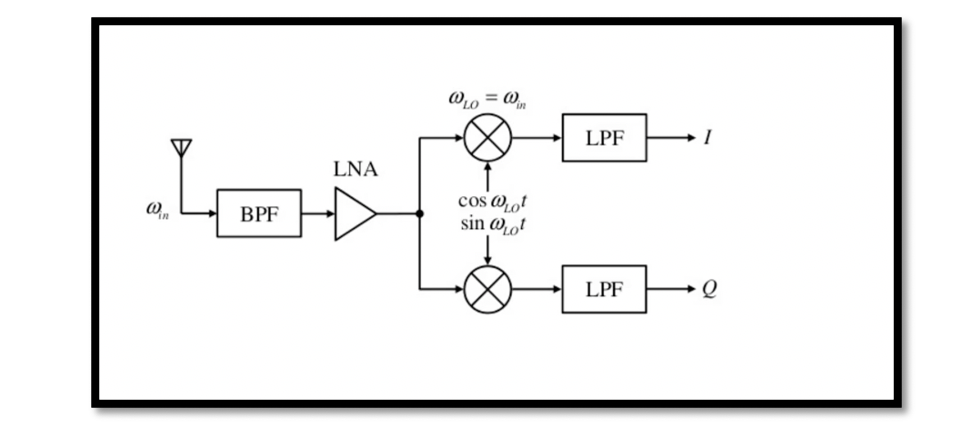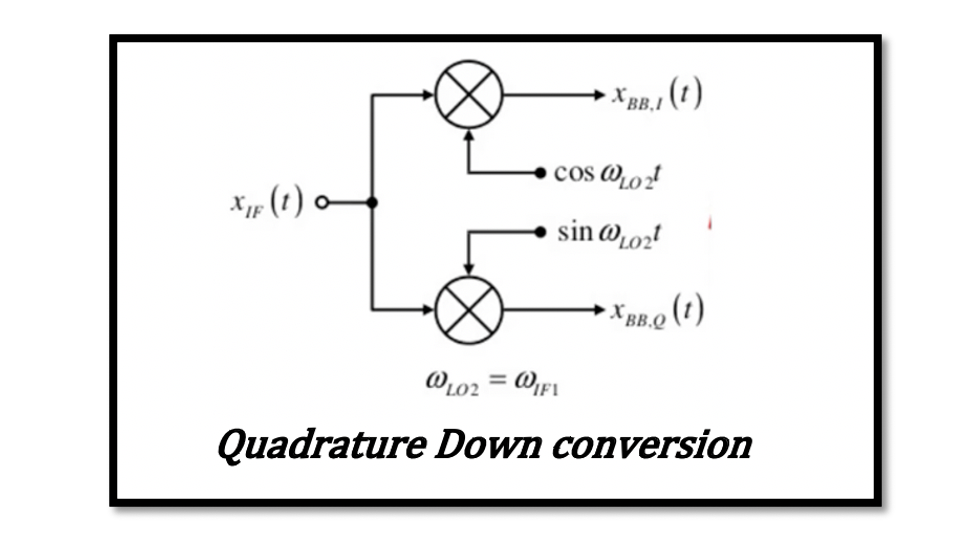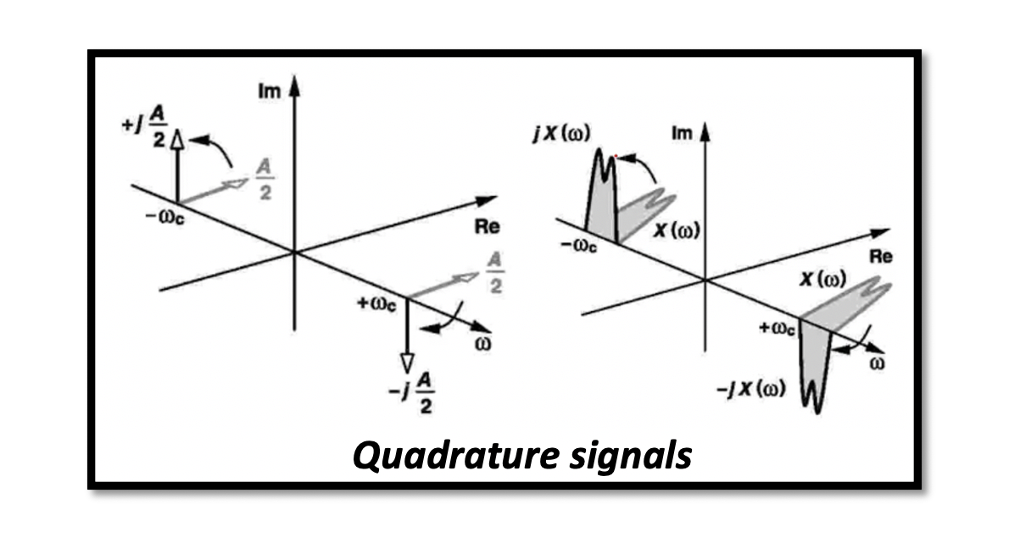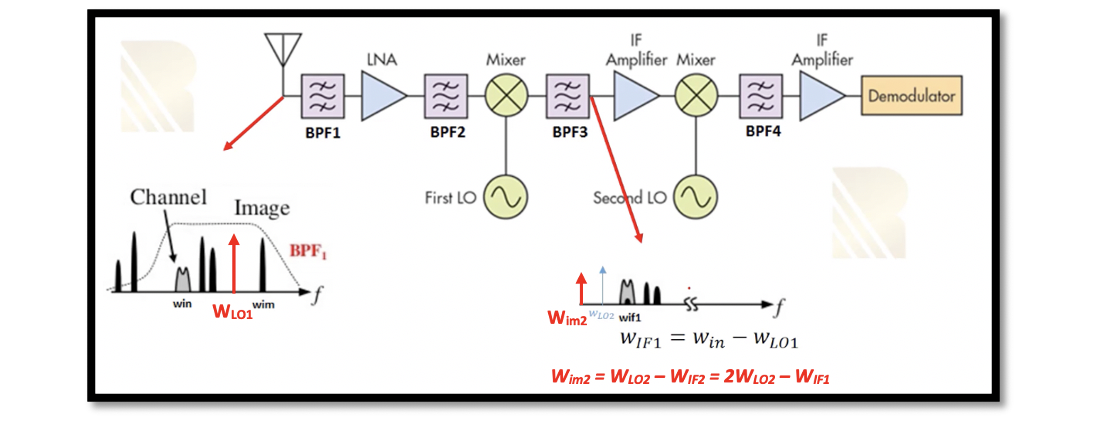Local Oscillator leakage Direct conversion receiver emits fraction of its LO power from its antenna. Isolation is a measure of the leakage, or feedthrough, from one port to another. The figure below shows the leakage from different ports of mixer. …
How can the DC offset be removed? How to solve the problem of DC offset in direct conversion receiver? The previous section we discussed about the drawback of homodyne receiver which is DC offset. This DC offset is due to …
What is a Homodyne Receiver? In a receiver the frequency of a signal is shifted by multiplying with another sinusoidal signal called the carrier wave. This multiplication is performed by a mixer and the sinusoidal wave is generated by the …
What is Digital modulation? Digital modulation is used for mapping the binary information sequence over an analog channel (bandpass modulation) appropriate for transmission into the communication channel. This enables us to convey a large amount of information. In addition, Digital …
How is the Structure of Heterodyne Receiver? Till now we have discussed on various structures for heterodyne receivers and the image problem faced by the receiver. The first simple structure discussed is shown in figure 1. Read about the heterodyne …
What is Sliding IF receivers? In the previous section zero-IF heterodyne receiver, the receiver structure is shown having three mixers that means three local oscillators. The first mixer is for the radio frequency and next two mixers are used for …
Zero-IF receiver In zero-IF heterodyne receivers with quadrature down conversion have two steps for converting the channel. The first one is first IF the second one is zero IF. Then we have a low pass filter to filter the higher …
Quadrature down conversion The quadrature signals are used in order to solve the image problem that we faced in the zero-IF receiver. In quarter down conversion, we create two versions of the down converter signal with a phase difference of …
If we have FM modulation, the channel is not symmetric around the center frequency. The signal is asymmetric and carries different information on both sides. Our signal shape will totally change after down-conversion, and the data will be corrupted, which …
Secondary Image The major problem faced while designing a dual conversion heterodyne receiver is the secondary image problem. As shown in the figure, secondary image WIM2 is an IF frequency. BFP1 does not attenuate this signal as it is in …

